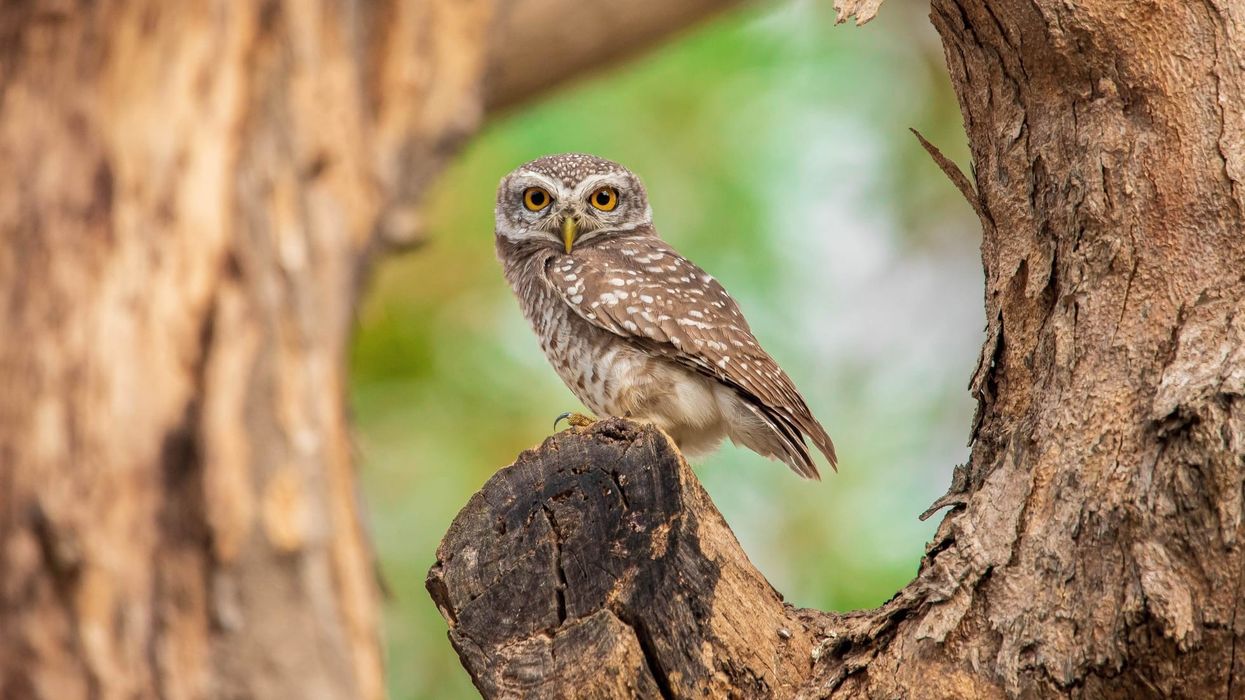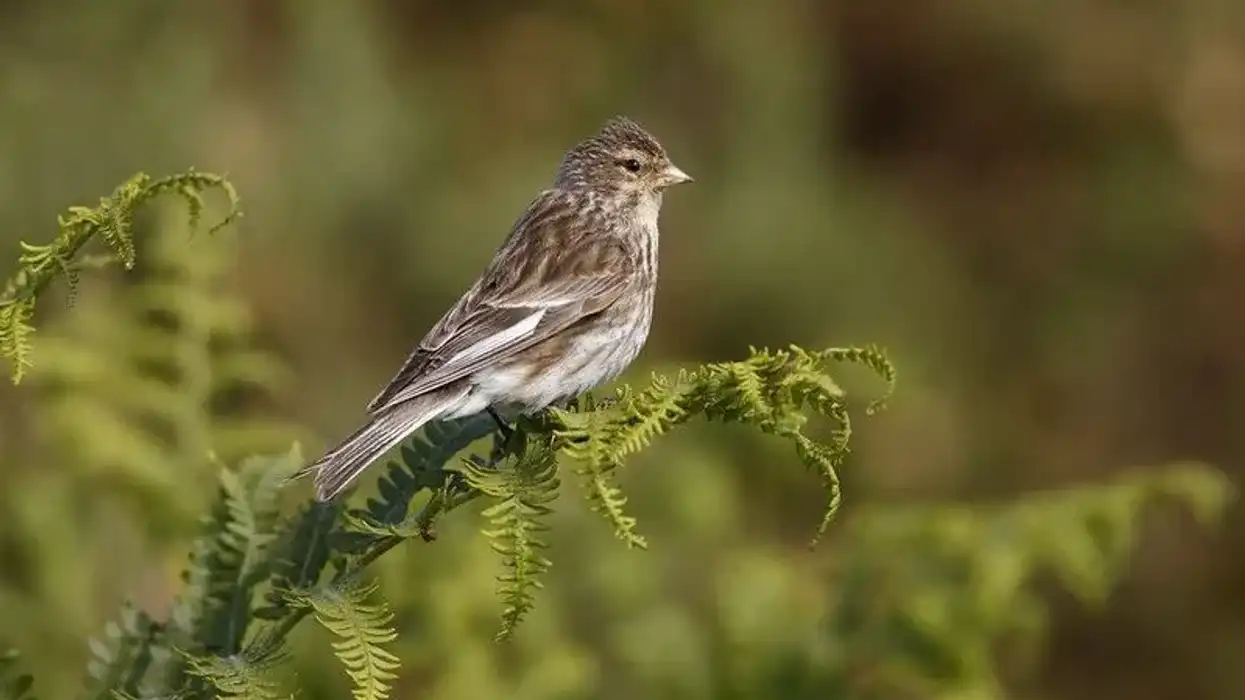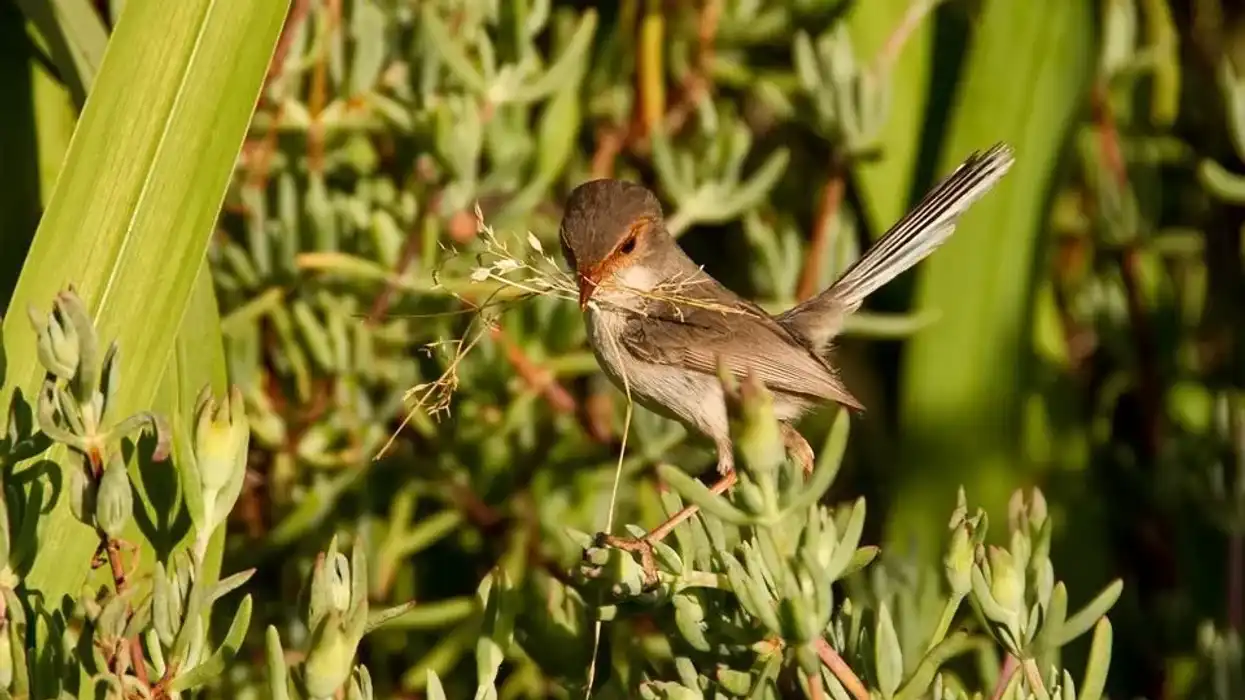Facts about the house wren bird can be very interesting to read. The house wren is a songbird that can be found on the continents of North and South America, in the forests, and even in urban areas.
They are the most common type of wrens. House wrens mostly live in suburban areas but also found in forests or plain-lands and sometimes in urban areas too.
The house wren can be found in various shades of brown ranging from a greyish tone to a reddish one. The upper portion of the body along with the wings display their brown feathers whereas the parts underneath are of pale colors like grey and white. Thus, they are not very vividly colored.
However, they can be quite a sight to look at. What they lack in appearance, they make up through their beautiful song. To know more facts about these birds, keep on reading.
For more similar content, check out king penguin and toco toucan.
House Wren Interesting Facts
What type of animal is a house wren?
House wrens are a type of songbird. They are wild yet can be found in suburban and urban areas. They like nesting in various places near human habitats rather than being in secluded places.
What class of animal does a house wren belong to?
House wrens are wild migrating birds and belong to the class of Aves.
How many house wrens are there in the world?
There are broadly four species of house wrens found in North and South America.
They are Northern house wren, Southern house wren, Brown-throated wren, and Cozumel wren. As per the North American Breeding Bird Survey, although there have been some reductions in House Wren numbers, the overall numbers of all four of these species have remained steady and have marginally improved between 1966 and 2015.
According to Partner's in Flight, there are 160 million breeding birds in the world, with 19 percent growth in the United States, 9% growing in Mexico, and 8% nesting in Canada.
Where does a house wren live?
House wrens can be found in forests of plainlands, in suburban and urban areas. They live in open farmlands and in brushy areas. The North American birds live in coniferous and deciduous forests.
What is a house wren habitat?
The North American house wrens try to find woodpecker holes for nesting sites in suburban areas. During mating and nesting, they live in a house wren nest but these brown birds leave the nest and fly around for the rest of the year.
The bird does not have a permanent habitat for themselves but make temporary habitats each time they need to nest.
Who do house wrens live with?
During migration, the house wrens travel together but during mating and nesting, they make separate territories for themselves.
How long does a house wren live?
The parent breed wrens have an average life expectancy of two years and might go up to seven. According to the bird guide of Cornell Lab of Ornithology, the oldest House wren was nine years old.
How do they reproduce?
The mating season for house wrens begins in late spring as the males settle in their new territories. Then the female house wrens arrive and thus, the courtship and breeding begin. The male starts to sing from the perches.
Further, the males will be keeping sticks on the potential wren nests. After persuasion, the female bird chooses a male bird and pair with them. Before making a nest, they sing, and then they build their nests.
They use spider egg sacs to build their nest and inside the nest are nest cups that are made for laying eggs. Then together they build their nests.
After the nest is made the female lays one egg every day for 5-6 days. It takes 12-15 days for the eggs to hatch. After the first nesting, the second nesting is done in June and July.
In this case, they tend to move to a different nesting site rather than reusing their nest. Their ideal nests are generally the best boxes or tree holes. These nests use spider egg sacs too.
What is their conservation status?
According to the Cornell Lab of Ornithology and North American Breeding Bird Survey as well as IUCN, The conservation status of house wrens is Least Concern.
House Wren Fun Facts
What do House wrens look like?
House wrens are tiny brown birds with short wings and tail. They have a short tail and a slim bill. The wings and the tail are made of darker shades of brown.
How cute are they?
Little house wrens look pretty cute with their beady eyes and small stature.
How do they communicate?
During mating, the songbirds communicate through various calls and songs as they look for a nest to lay eggs.
How big is a house wren?
The house wren is 4.33 in - 5.11 in (11 cm - 13 cm) long. The house wren is an inch lengthier than the hummingbird.
How fast can a house wren fly?
The house wren bird is considered to be a weak flyer. Their exact speed of flight is not known.
How much does an house wren weigh?
The average weight of this brown bird is around 0.022-0.026 lb (0.01-0.012 kg).
What are their male and female names of the species?
There is no specific name for the male and female species of house wrens. They can be referred to as cock and hen based on their male and female genders respectively.
What would you call a baby wren?
The babies of house wrens are called nestlings until they leave the house wrens nest.
What do they eat?
These songbirds eat caterpillars, plus insects like spiders, beetles, and some bugs. They also feed on vegetation.
Are they predators?
They often damage eggs by poking them if other birds have laid eggs near their territory. However, it is not possible to distinguish house wrens as good or bad.
Would they make a good pet?
No, house wrens, being wild birds, cannot become a household pet. They require huge spaces to fly and explore and cannot be kept inside a cage. In some places, it is even illegal to pet house wrens.
Did you know...
It is said that when a house wren visits you, it can mean that you will be realizing your dreams.
What does a wren sound like?
The house wren song chatters and rattles are not very soothing. Both the males and the females of this species sing. Especially during the breeding season, the males sing almost 9-11 times in each minute. When the females respond to these calls, it is a high-pitched sound. The song of the different species vary.
How to build a house wren house?
To make a house for a house wren, go for a natural plywood nest box rather than a painted one. The entrance of the nest box should not be more than 11 in (28 cm) tall.
This brown bird does not like to perch in its nest boxes. The roof of the nest should be made in a slanting fashion.
All the walls of the nest box must have small holes for proper ventilation. The nest boxes must be hanged more than five to ten feet high above the ground.
Here at Kidadl, we have carefully created lots of interesting family-friendly animal facts for everyone to discover! Learn more about some other birds including Humboldt penguin, or Blue and yellow macaw.
You can even occupy yourself at home by drawing one on our House Wren coloring pages.










